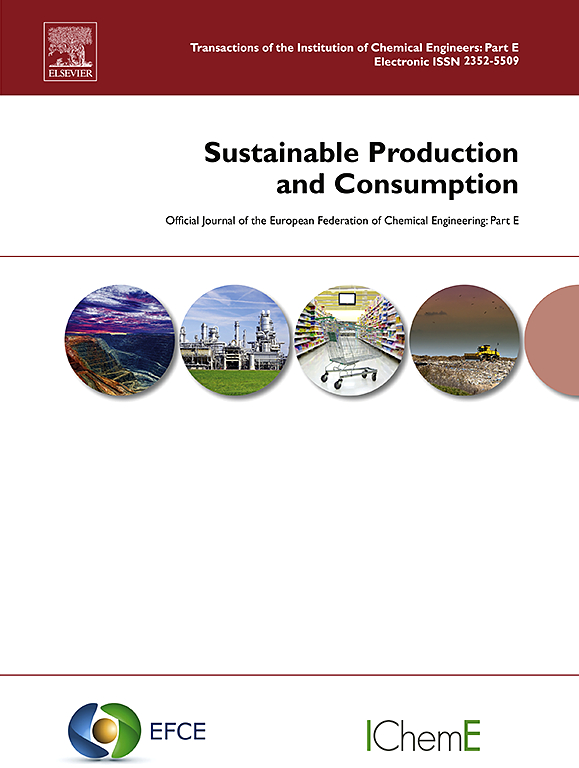‘Nexus of circulation’ and interlinked circular economies: an integrative perspective on the transition towards more circular, resource-efficient provision
IF 10.9
1区 环境科学与生态学
Q1 ENVIRONMENTAL STUDIES
引用次数: 0
Abstract
The concept of Circular Economy is central in addressing efforts to improve societal resource efficiency. However, many current strategies remain partial and localised, focusing on individual resource flows (such as plastics or aluminium) or systems of provision (like mobility or clothing), lacking a clear vision of what the system transformation would entail, failing to bridge across complex material systems and societal needs. The methodological design of this study follows a systematic approach to theory building, incorporating an analysis of current CE policy formulation as formalised in roadmaps and CE indicators. Our work results in a ‘nexus of circulation’ conceptualization, which identifies 8 distinct linkages through which circular economy initiatives interact and impact each other across systems of provision. We show how such linkages can act as conduits for acceleration or for slowing down the circular transition in an economy. The results also provide evidence showing that the identified linkages are not at the heart of current policy making for CE, as they are reflected at best partially in CE indicators and CE roadmaps. We conclude that this likely results in limiting the scope of circular interventions, resulting in unintended negative consequences elsewhere in the economy, or in the economy as a whole. The proposed ‘nexus of circulation’ conceptualisation has been purposefully designed from a policy design perspective, so that it helps societal stakeholders to recognize leverage points across systems of provision in a way that enables active policy making towards accelerating the circular transition and helping to eliminate obstacles that block this transition.
“循环的纽带”和相互关联的循环经济:向更循环、资源节约型供应过渡的综合视角
循环经济的概念是提高社会资源效率的核心。然而,许多当前的战略仍然是局部的和本地化的,侧重于单个资源流动(如塑料或铝)或供应系统(如流动性或服装),缺乏对系统转型将带来什么的清晰愿景,未能在复杂的材料系统和社会需求之间建立桥梁。本研究的方法设计遵循了一种系统的理论构建方法,结合了对目前在路线图和环保指标中正式确定的环保政策制定的分析。我们的工作产生了一个“循环关系”概念,它确定了8个不同的联系,通过这些联系,循环经济倡议在供应系统中相互作用和影响。我们展示了这种联系如何作为加速或减缓经济循环转型的管道。研究结果还提供证据表明,所确定的联系并不是当前环保政策制定的核心,因为它们最多只能部分反映在环保指标和环保路线图中。我们得出的结论是,这可能会限制循环干预的范围,从而在经济的其他领域或整个经济中产生意想不到的负面后果。拟议的“循环关系”概念化是从政策设计的角度有目的地设计的,因此它可以帮助社会利益相关者认识到提供系统的杠杆点,从而使积极的政策制定能够加速循环过渡,并帮助消除阻碍这种过渡的障碍。
本文章由计算机程序翻译,如有差异,请以英文原文为准。
求助全文
约1分钟内获得全文
求助全文
来源期刊

Sustainable Production and Consumption
Environmental Science-Environmental Engineering
CiteScore
17.40
自引率
7.40%
发文量
389
审稿时长
13 days
期刊介绍:
Sustainable production and consumption refers to the production and utilization of goods and services in a way that benefits society, is economically viable, and has minimal environmental impact throughout its entire lifespan. Our journal is dedicated to publishing top-notch interdisciplinary research and practical studies in this emerging field. We take a distinctive approach by examining the interplay between technology, consumption patterns, and policy to identify sustainable solutions for both production and consumption systems.
 求助内容:
求助内容: 应助结果提醒方式:
应助结果提醒方式:


